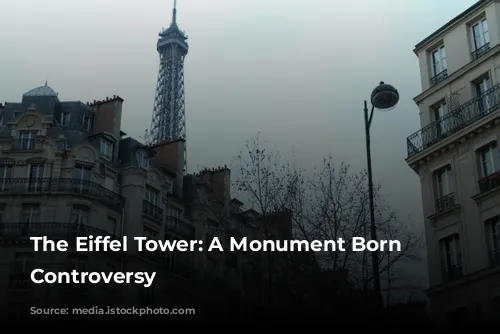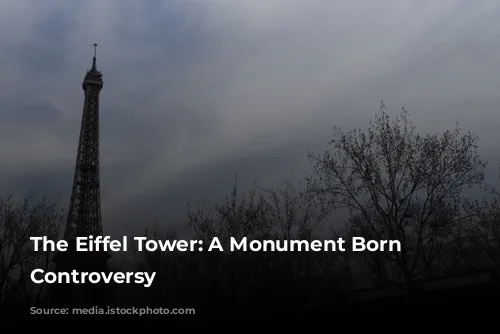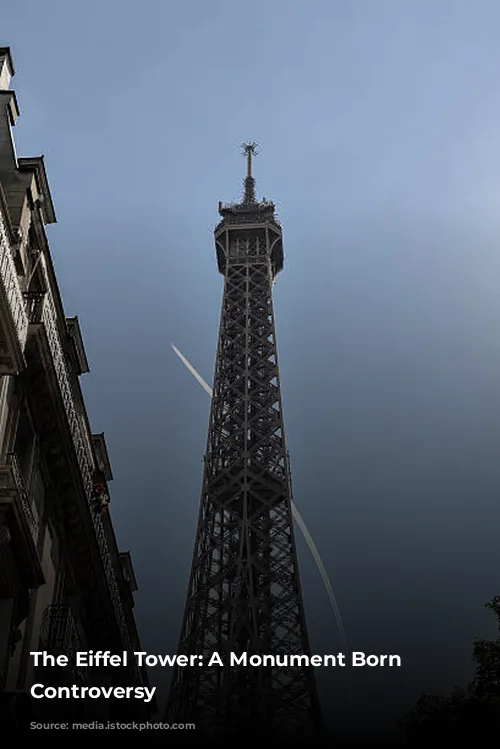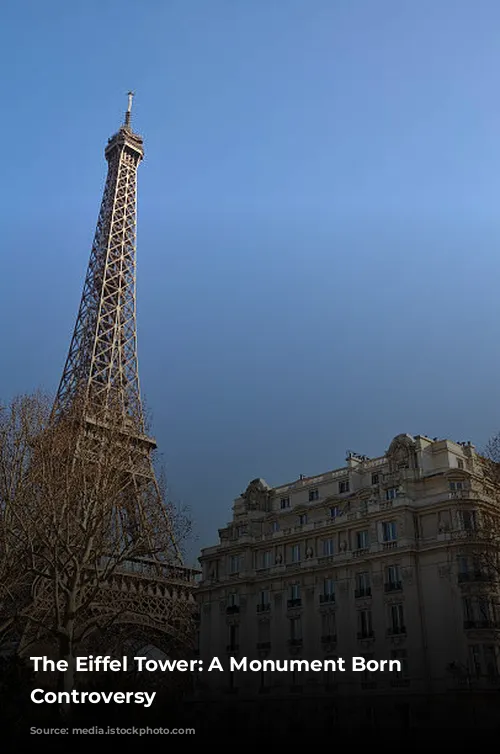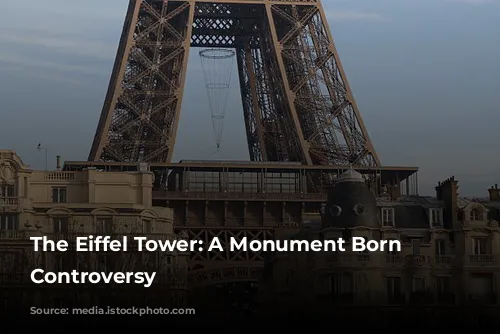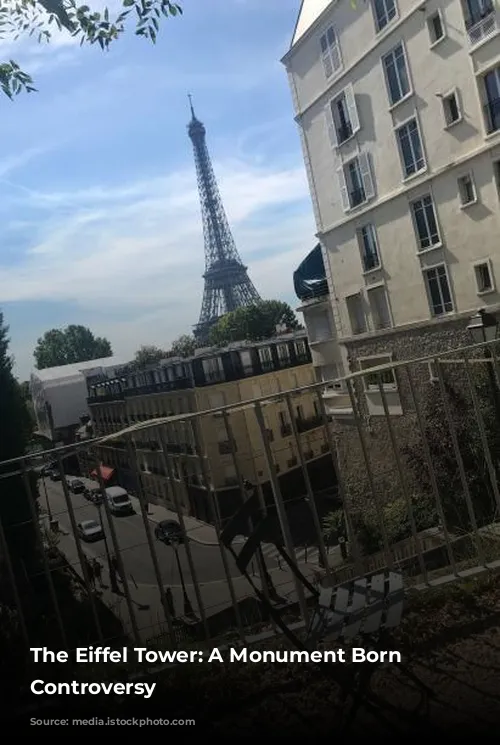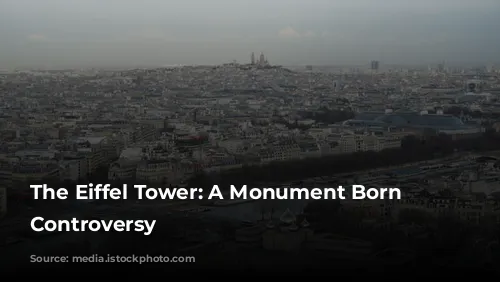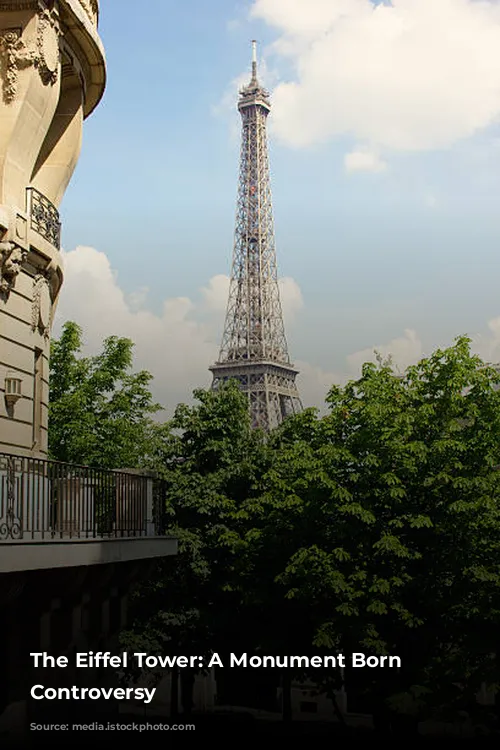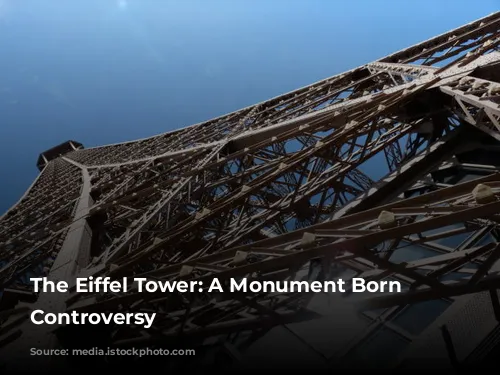It’s hard to imagine Paris without the majestic Eiffel Tower, a symbol of the city’s beauty and engineering prowess. But this iconic structure wasn’t always embraced. In fact, the Eiffel Tower was initially met with fierce opposition, igniting heated debates during its construction and even in the years that followed.
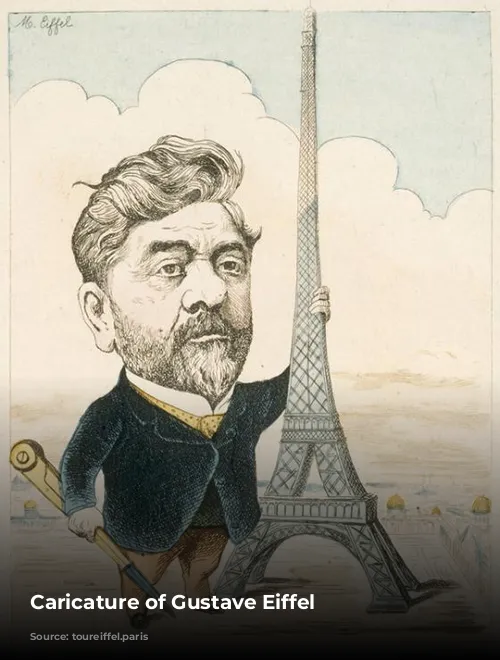
A Race to the Top: The 1889 World Exhibition
The 1889 World Exhibition in Paris was a grand celebration, marking the centenary of the French Revolution. To commemorate this pivotal event, France sought to showcase its technological advancements and national pride. A monumental tower, envisioned as the main attraction, was seen as the perfect symbol of this ambition.
Gustave Eiffel, a renowned engineer, submitted a proposal for a 1,000-foot tall metal tower, which would become the Eiffel Tower. However, he faced stiff competition from Jules Bourdais, a respected architect who championed a 1,200-foot tall granite tower, known as the Sun Tower.
The rivalry between these two visionaries played out in the newspapers. Eiffel focused on the practicality of his design, emphasizing its cost-effectiveness and ability to be built within a reasonable timeframe. He also touted the tower’s potential for scientific and military applications. Bourdais, on the other hand, proposed a more traditional, grandiose structure, but its feasibility was questioned by many.
Despite Bourdais’ initial lead, Eiffel ultimately won the competition. He secured funding for the project by promising to manage the tower’s operations after its completion. However, his victory was just the beginning of a turbulent journey.
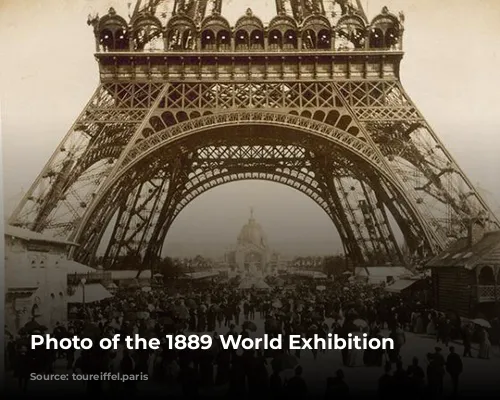
Art vs. Engineering: A Clash of Ideals
The selection of Eiffel, an engineer, over an architect for such a prestigious project sparked outrage among the Parisian artistic community. A group of prominent artists, writers, and architects, including Charles Gounod, Guy de Maupassant, Alexandre Dumas, and Charles Garnier, publicly denounced the tower, labeling it a “monstrous eyesore” and a “disgrace to Paris.”
Eiffel responded with a passionate defense, arguing that the tower’s design was both functional and aesthetically pleasing. He highlighted the strength and beauty of the tower’s curved edges, which were carefully calculated to withstand wind forces.
Despite Eiffel’s arguments, the construction of the Eiffel Tower was met with skepticism and ridicule. The tower was often mocked as a “street lamp“, a “skeleton“, and a “factory chimney“. Even Guy de Maupassant, who criticized the tower’s appearance, reportedly ate lunch on its first floor to avoid seeing it from the streets below.
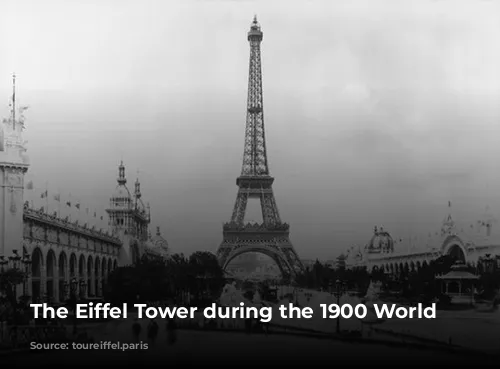
The Tower’s Triumph: A Symbol of Paris
Despite initial resistance, the Eiffel Tower opened to the public on May 15, 1889, and became an instant sensation. Crowds flocked to see this marvel of engineering, and the city of Paris embraced the tower as a symbol of its modernity and ingenuity.
Even some of the tower’s original detractors softened their stance, recognizing its grandeur and impact. The Eiffel Tower, once seen as an eyesore, transformed into a source of Parisian pride.
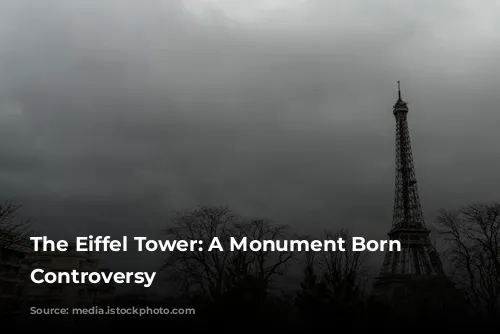
A Fight for Survival: Scientific Uses and Strategic Importance
Though the Eiffel Tower was initially intended to be a temporary structure, its popularity and importance grew with time. However, by the early 1900s, the tower faced the threat of demolition. To save it, Eiffel promoted the tower’s scientific and strategic value, emphasizing its role in meteorological observations, wireless telegraphy, and military communications.
In 1903, Captain Gustave Ferrié, with Eiffel’s support, established a military network of wireless telegraphy at the Eiffel Tower. This technology, which was rapidly developing at the time, provided the tower with strategic importance, making it essential for long-distance communication.
Thanks to Eiffel’s tireless efforts and the tower’s growing importance for science and military operations, the Eiffel Tower was spared from demolition. In 1910, its operation contract was extended, ensuring its continued presence in the Parisian skyline.
Today, the Eiffel Tower stands tall, a testament to Gustave Eiffel’s vision and the resilience of a monument that faced numerous challenges. It is a symbol of Paris’s architectural beauty, engineering ingenuity, and the power of a seemingly controversial idea to transcend its critics and become a beloved icon.
